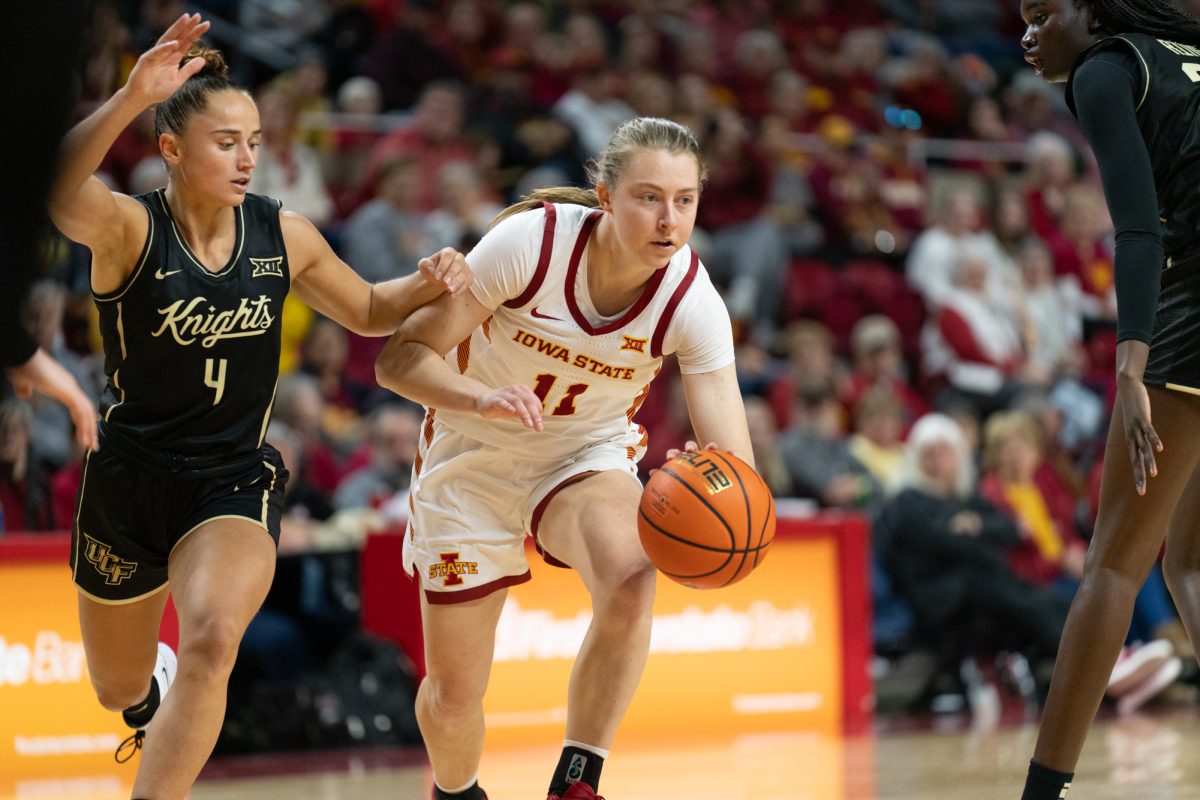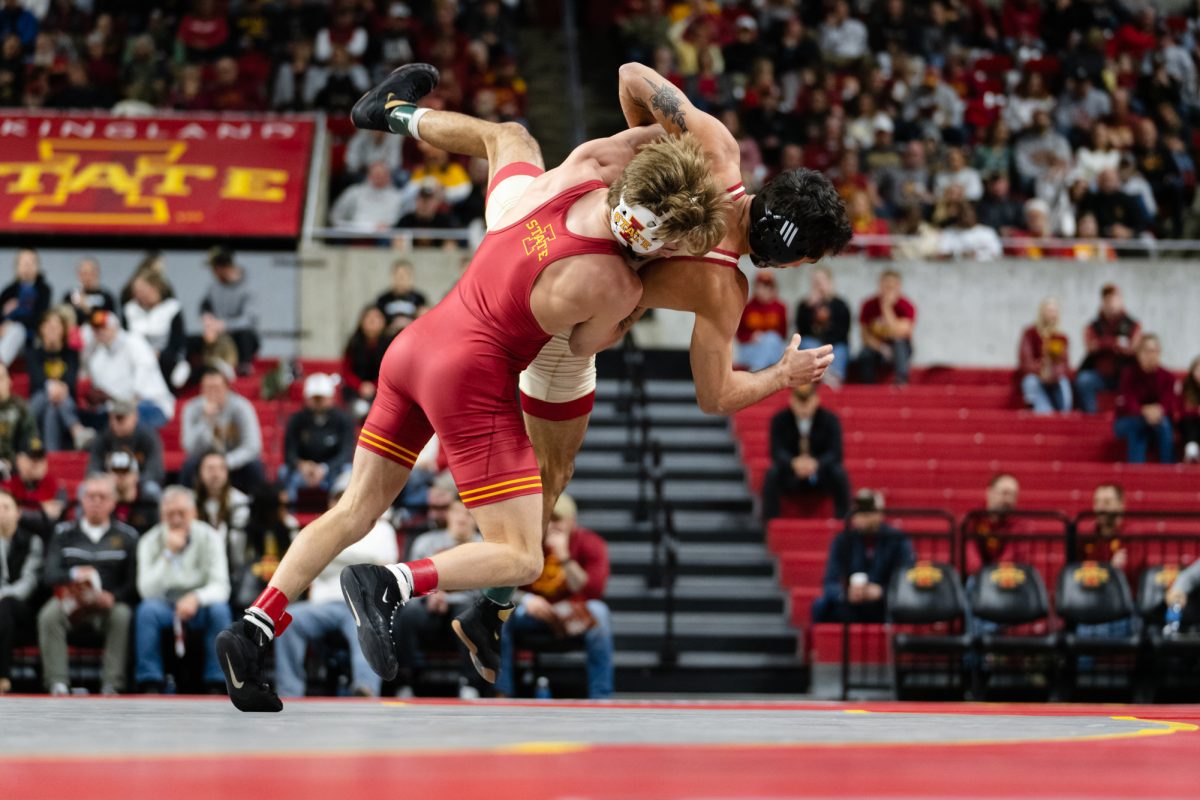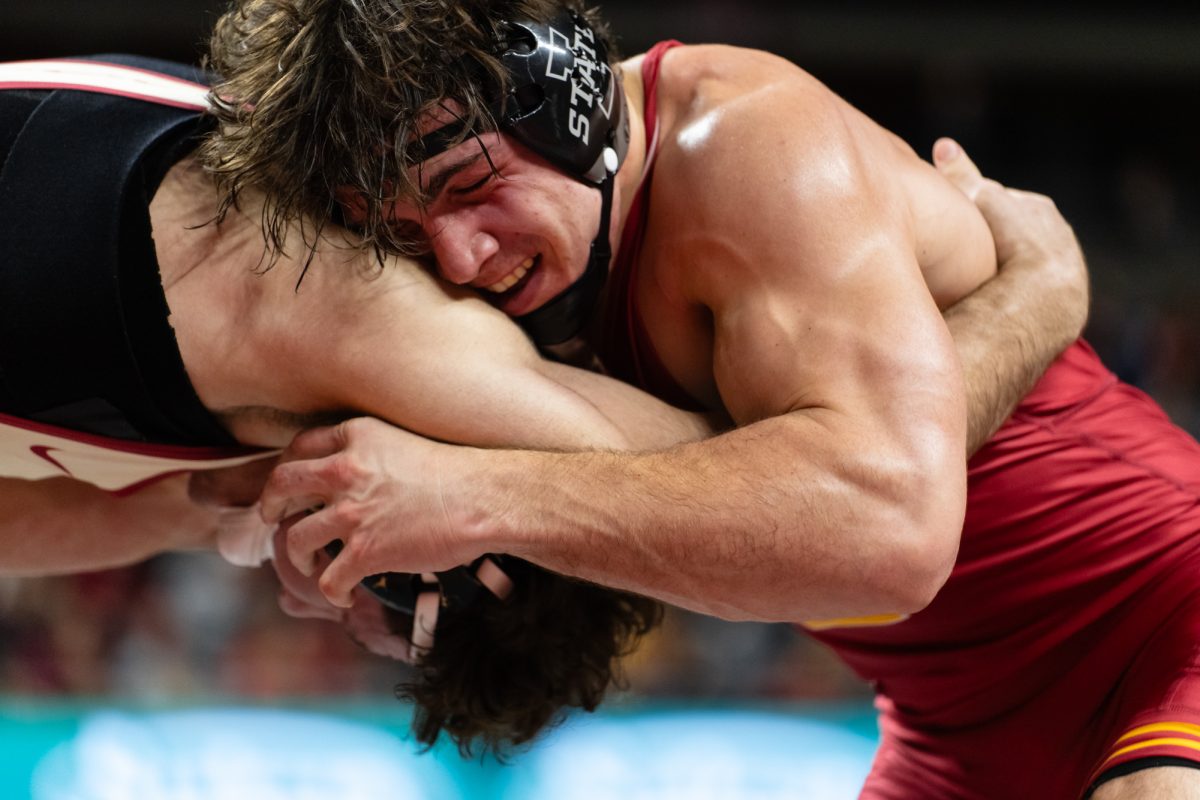Women emerge as candidates
September 20, 2000
Although the United States never has had a female president or vice president, two third-party candidates have selected women to join them on the ballot for November’s presidential election. Green Party candidate Ralph Nader’s running mate, Winona LaDuke, is a Harvard graduate who is noted for her defense of Native American rights. Reform Party candidate Pat Buchanan’s vice presidential candidate, Ezola Foster, is an author, educator and conservative activist. “These ladies are role models for their constituents,” said Lisa Dlouhy, vice president of the Government of the Student Body. “I think that you will see more women involved in the political process next election.” Still, many women are reluctant to get involved in the traditionally male-dominated field of politics, said Steffen Schmidt, professor of political science. “There are several reasons women are not as involved,” Schmidt said. “One, women have to play a lot of different roles. They have careers or other activities outside the home and don’t have the time that politics requires.” Studies show women don’t like the fighting that goes on in politics so they choose not to get involved, not because they can’t handle it, but because it is not what they want to do, Schmidt said. Executive slates that include a female candidate typically suffer financially due to a lack of donations, he added. “People who give money to political candidates don’t think women can win so they don’t give women as much money as men,” Schmidt said. “If you don’t have money in politics, you are finished.” In 1984, Geraldine Ferraro was the Democratic running mate with presidential candidate Walter Mondale. The Democratic ticket that year received 13 electoral votes. “Trends in society are changing, and I think for the major parties to be competitive they will need to open up those doors,” Dlouhy said. “If you’re a good candidate it is your action that will speak for itself whether you’re a man or a woman.” There have been 200 women elected to the United States Congress in history, and Iowa still has not elected a woman to Congress, according to www.britannica.com. “There are certainly more women in Congress now and in local politics, and women are becoming more politically involved, but it is a slow process and a long process,” Schmidt said. In an age of equality, some voters think there should be just as many women as men running for the presidency. “I think women don’t run for political office because they are intimidated,” Dlouhy said. “If you look at any occupation that is dominated by one group, it takes time to integrate others into that occupation. Some women find the political process is intimidating, but there are now more outreach programs geared toward helping women in politics.” The White House Project is one of several groups trying to change the climate in which women are viewed so that someday a woman president may be elected, according to the project’s Web site, www.thewhitehouseproject.org. For more information on LaDuke, check out the Web site at www.votenader.com, and for more information on Foster, go to the Web site www.buchananreform.com. For more about the White House Project, go to its Web site at www.thewhitehouseproject.org.






